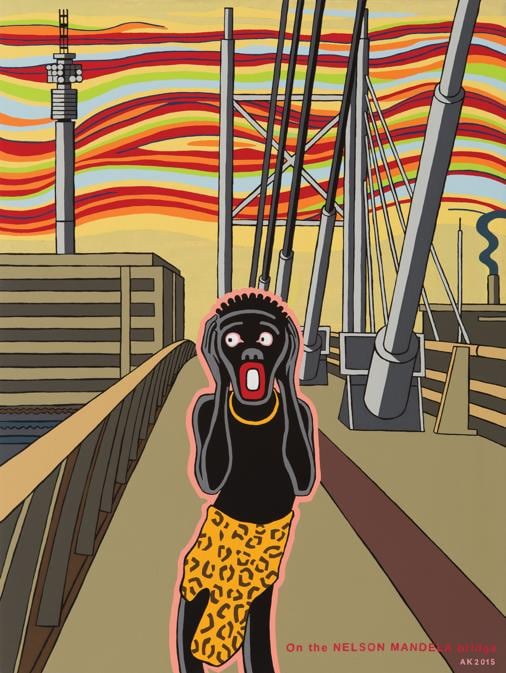Throughout history, people have developed writing systems for their community as a means of identity and unification. While some of the most important systems have flourished, others and their creators are virtually unknown. From simple alphabets to secret symbolic languages, graphic designer Saki Mafundikwa celebrates the many forms of written communication across Africa. He highlights the history and legacy that are embodied in written words and symbols.
Saki Mafundikwa urges African designers to draw on these graphic forms for fresh inspiration. He says that “Africa has had a long tradition of design, a well-defined design sensibility, but the problem in Africa has been that, especially today, designers in Africa struggle with all forms of design because they are more apt to look outward for influence and inspiration. The creative spirit in Africa, the creative tradition, is as potent as it has always been, if only designers could look within.”
Saki Mafundikwa is a Zimbabwean graphic designer, art director, and design educator. He has an MFA in Graphic Design from Yale University. He is the founder of the Zimbabwe Institute of Vigital Arts (ZIVA) a school of visual arts taught using digital tools in Harare. “The idea, the dream, was really for a sort of Bauhaus sort of school where new ideas were interrogated and investigated, the creation of a new visual language based on the African creative heritage”, he says.
In 2004, he published Afrikan Alphabets: the Story of Writing in Afrika, which is the first book on African typography. “Africa has had a long tradition of writing, but this is not such a well-known fact, and I wrote the book Afrikan Alphabets to address that”, Mafundikwa says. Since then, he has been published widely on design and cultural issues. In 2010, he made the film Shungu: The Resilience of a People, a compelling narrative of the strategies ordinary people use to survive in Zimbabwe today. Saki Mafundikwa leads workshops and lectures globally.



